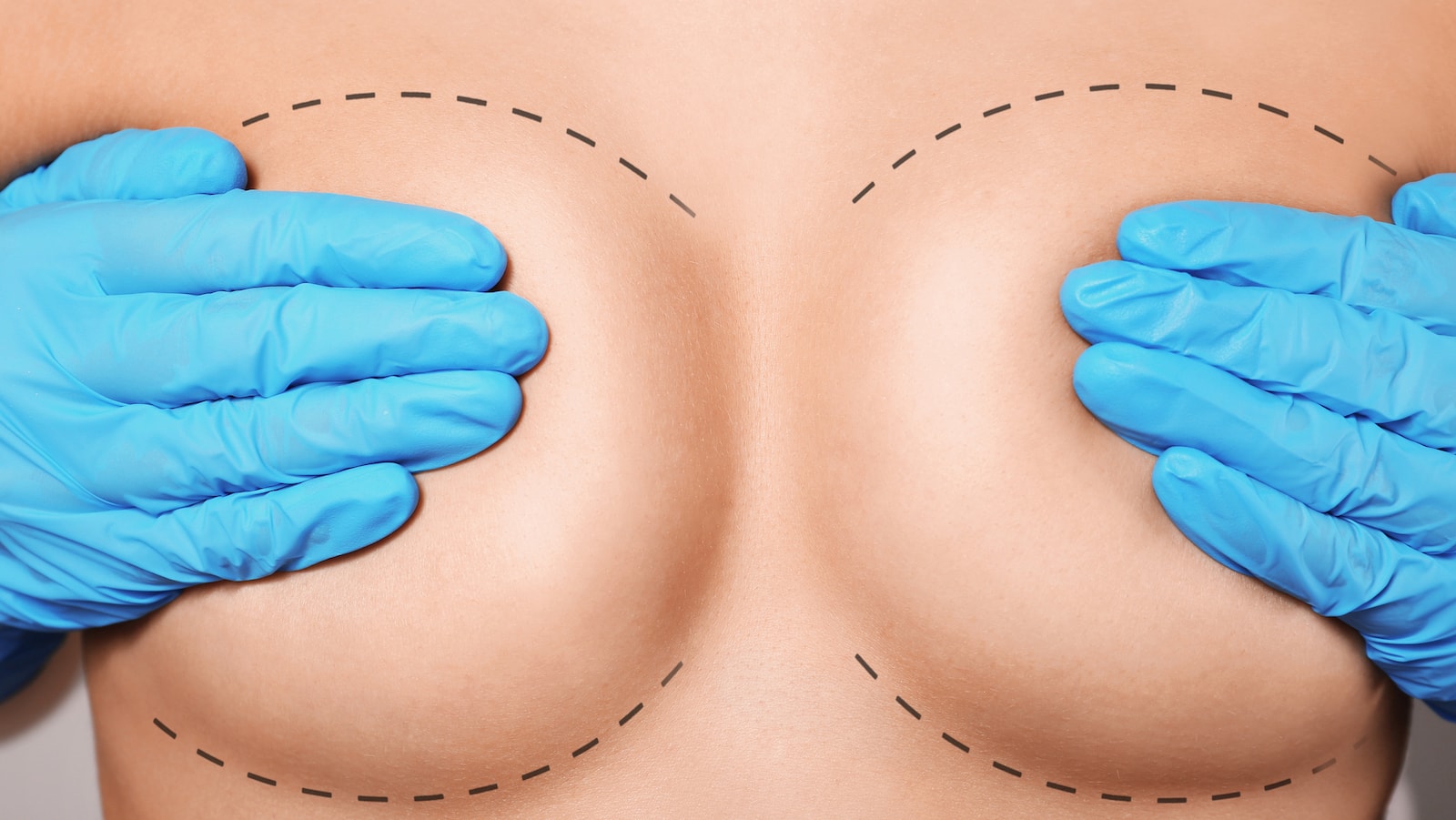

One of the most popular cosmetic surgery procedures in America is breast augmentation. This procedure involves the breasts being enlarged by the use of implants behind each breast. The most common patients for the procedure are women with small or underdeveloped breasts. One of the downsides of the procedure is the amount of bleeding and drainage tubes involved in the recovery time. However, there is another option that involves significantly less recovery time, known as flash recovery breast augmentation.
Flash recovery breast augmentation centers on the philosophy that when any bleeding, bruising and trauma to the body is not allowed during the procedure then there won’t be any pain, inflammation or excess swelling. Basically, the side effects of the surgery are a lot less.
With flash recovery, the breast implant is put under the muscle. A lot of surgeons use techniques that bruise the ribcage and traumatize the muscle and tissues of the breast. This causes discomfort, hardness, and inflammation. With flash recovery, the blood vessels have been mapped out and cauterized before they have a chance to pass. There's almost no bleeding, inflammation, and pain signal back to the brain. Immediately after the surgery, patients move their arms in a certain way to allow the muscles to stretch out better.
Flash recovery breast augmentation allows patients to be in and out quickly. They can resume their busy lifestyles much quicker. Business people, CEO’s, celebrities and people that have busy lives can’t take a lot of time off, so this procedure works well for their schedules.
Getting back to a daily routine, other than working out, is less than 24 hours. Some patients might have a little more discomfort than usual. A lot of times these are patients who have problems with pain in general due to fibromyalgia, arthritis or other problems in their body.
When it comes to breast augmentation, many physicians prescribe Vicodin and use drainage tubes throughout the recovery process. A lot of surgeons wrap the breast tight after breast augmentation because of bleeding concerns. With flash recovery breast augmentation, you don’t need anything stronger than Motrin or Tylenol. A patient wakes up in a surgical bra with some bandaged taped on the incision.
The implant size also determines how fast a person recovers. For example a patient who gets a huge implant can experience problems both immediately and in the long term. Also, patients should avoid direct sunlight on their incision.
The best candidates are those that just need a breast augmentation and don't have any major deformities of their breast tissue like tuberous breast. If they have tuberous breast deformity or major asymmetries, a lot of work has to be done to make the pocket more symmetric. If they don't need a breast lift at the same time, they are a good candidate. Sometimes, this procedure can be combined with a breast lift but it's less likely to be a 24-hour turnaround. The breast lift itself requires incisions to remove the tissue and sometimes that can cause soreness.
The cost varies based on the complexity of the situation and whether they choose silicone or saline. The average cost for saline is anywhere from $7,000-$10,000. The average cost for silicone is $8,000-$12,000 depending on the surgery.
The risks for any breast augmentation technique is capsular contracture, implant rupture, or deflation of the implant. Further surgery might be necessary to adjust any pockets or an implant bottoming out or changing position over time. The main risk is capsular contracture because it’s the one doctors and patients have the least control over.
Capsular contracture is when a sack of scar tissue forms around the implant that gets thick, hard and squeezes on the implant.. One of the reasons flash recovery was created was to limit capsular contracture because there's essentially no bleeding and less inflammation.
Breastfeeding is still possible after the procedure. In fact, a patient should be able to breastfeed after almost any breast augmentation technique. This is especially true for flash recovery because there are fewer traumas during the procedure. It's up to the surgeon to avoid milk ducts and do as little damage to the breast tissue as possible. By going under the muscle, the chances are really high that a patient should be able to breastfeed without any problems.
Flash recovery breast augmentation is a viable option for patients with an active or demanding lifestyle. The quick recovery time allows them to resume their daily routine quickly and without much disruption in their schedule. Before deciding to have the procedure, a patient should consult with an experienced and skilled physician. The physician can determine if the patient is an ideal candidate for the procedure. If the potential patient does turn out to be a good candidate for the procedure, the physician can help them schedule and prepare for the procedure.
Written by Cosmetic Town Editorial Team - MA
Based on an exclusive interview by Dr. Ashkan Ghavami in Beverly Hills, CA